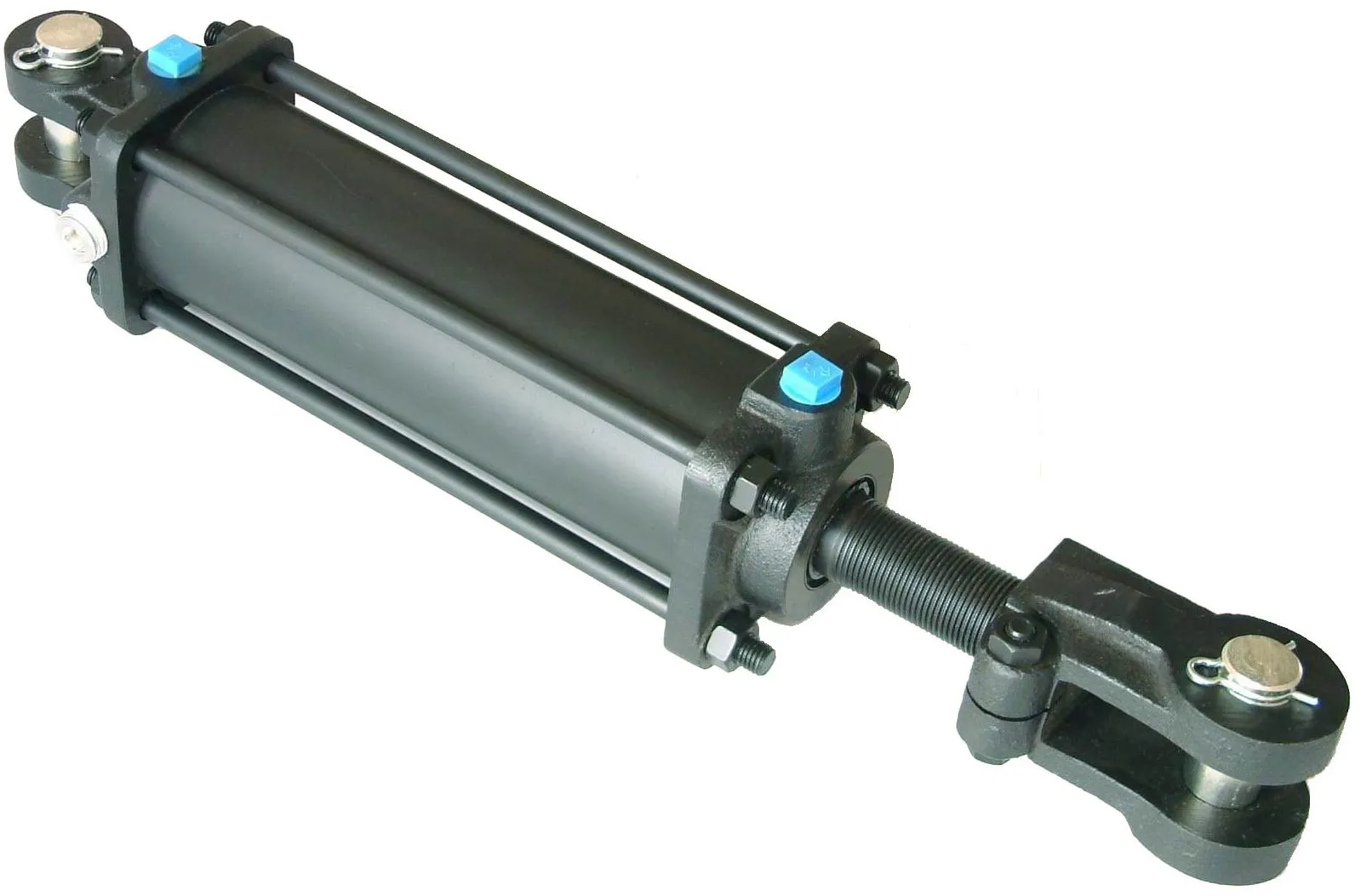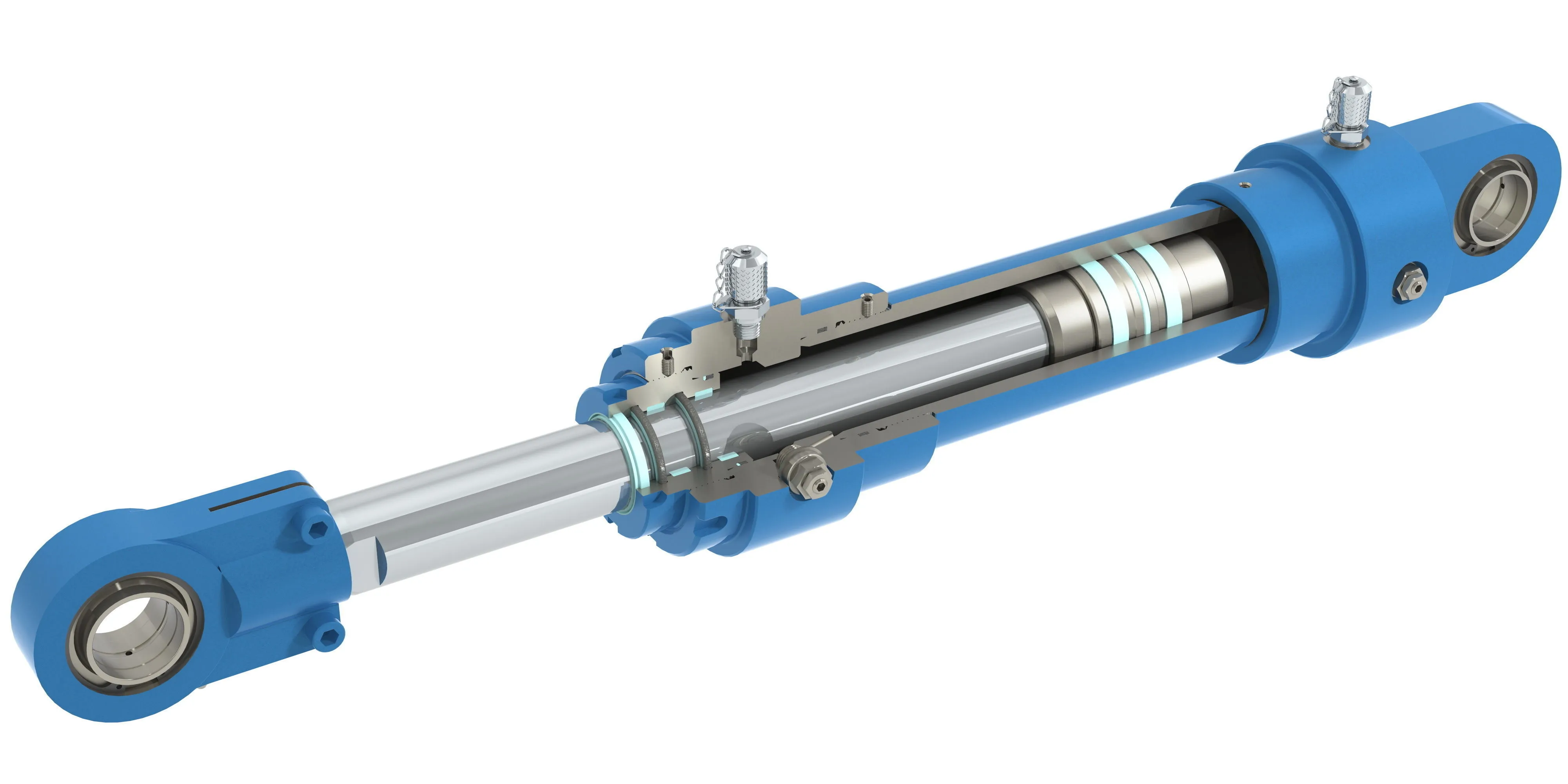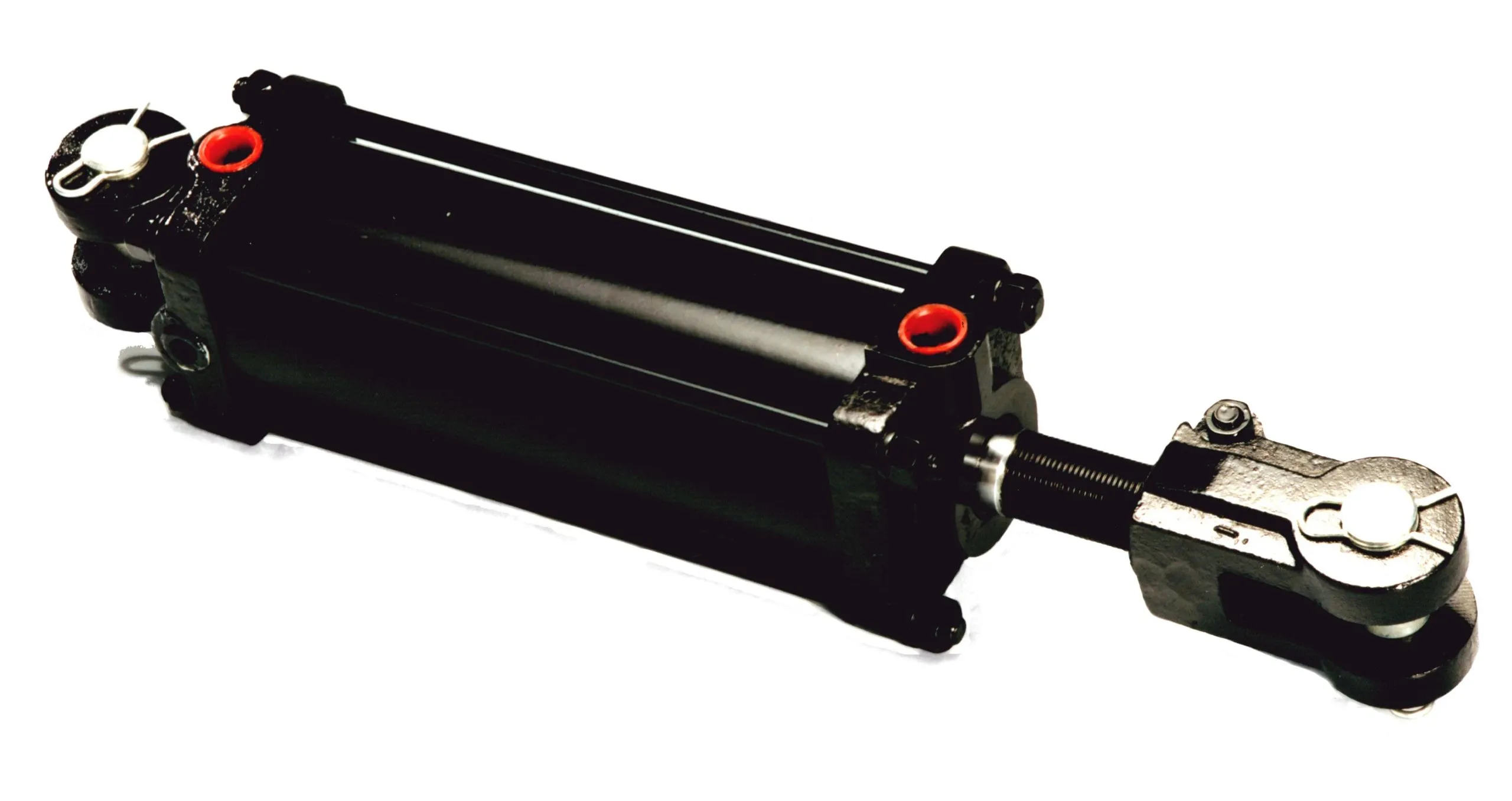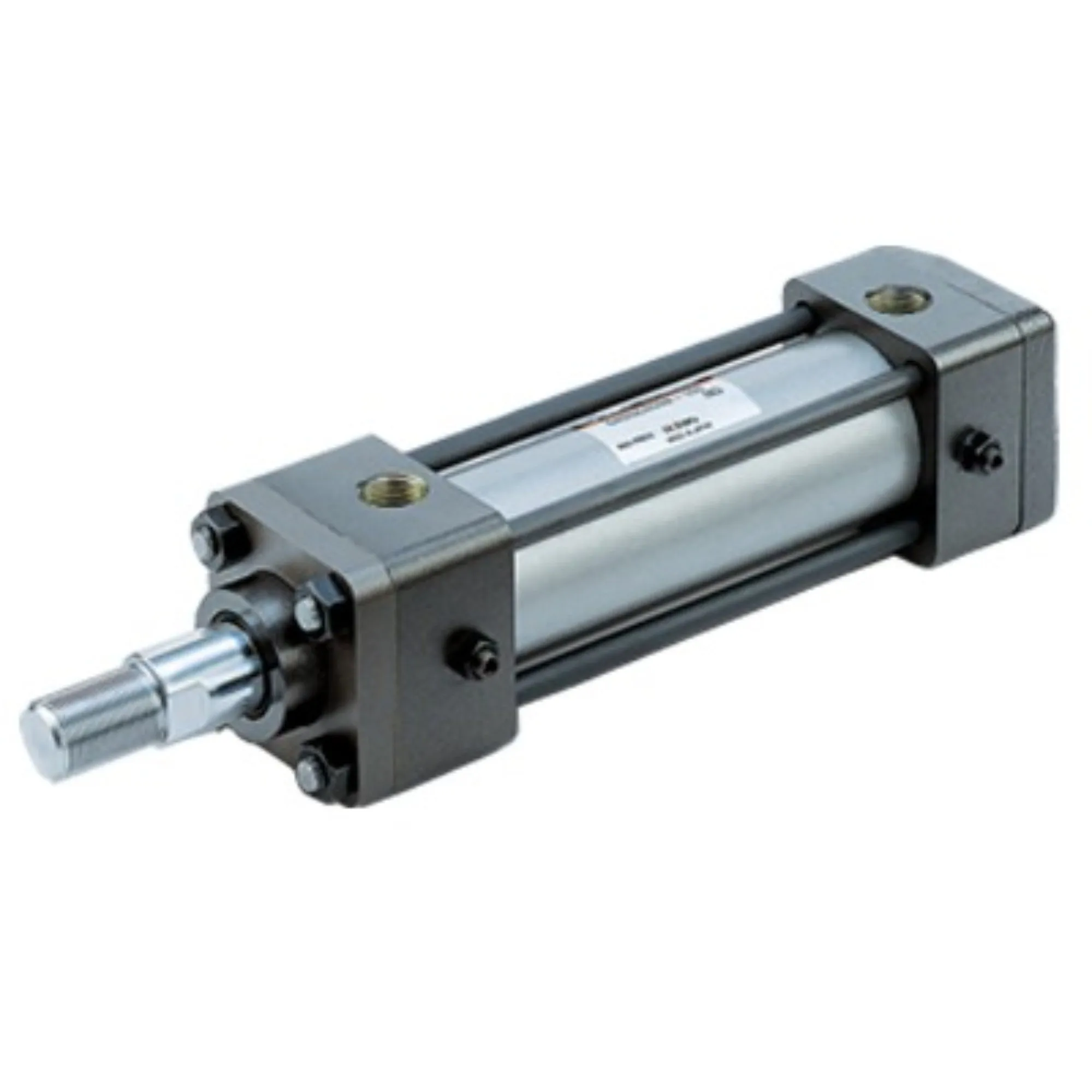The Role of Elastomeric Seals in Single-Stage Welded Hydraulic Cylinders
Introduction
Single-stage welded hydraulic cylinders play a crucial role in various hydraulic systems, providing the necessary force and motion to power machinery and equipment. These cylinders are known for their efficiency and reliability, with elastomeric seals playing a key role in their performance. In this article, we will explore the design, construction, working principle, advantages, applications, maintenance, and safety considerations of single-stage welded hydraulic cylinders, focusing on the importance of elastomeric seals in ensuring their optimal functionality.
Design and Construction Characteristics

- Cylinder Structure: Welded steel or aluminum
- Piston and Rod Design Considerations
- Installation Options: Trunnions, wedges, flanges, etc.
- Seals and Bearing Configurations
Single-stage welded hydraulic cylinders are designed with precision and durability in mind, utilizing high-quality materials such as welded steel or aluminum for the cylinder structure. The piston and rod design considerations ensure smooth and efficient operation, while installation options like trunnions, wedges, and flanges provide flexibility in mounting. The choice of seals and bearing configurations is crucial for maintaining a tight seal and reducing friction within the cylinder.
Working Principle
The working principle of single-stage welded hydraulic cylinders is based on the transfer of hydraulic pressure to generate linear motion. When hydraulic fluid is pumped into the cylinder, it exerts pressure on the piston, causing it to move and perform the desired task. The elastomeric seals play a critical role in preventing leakage and maintaining the integrity of the hydraulic system.
Types and Configurations
Single-stage welded hydraulic cylinders come in various types and configurations, each suited for specific applications. These include standard, telescopic, plunger, and differential cylinders, each offering unique features and capabilities to meet diverse industrial needs.

Advantages
- Strong Welded Structure
- High Load Capacity
- Compact and Space-Saving Design
- Cost-Effective Manufacturing Process
- Easy Installation and Maintenance

The advantages of single-stage welded hydraulic cylinders are numerous, including their robust welded structure, ability to withstand high loads, compact design for space efficiency, cost-effective manufacturing process, and ease of installation and maintenance. These cylinders offer superior performance in various industrial applications, making them a preferred choice for many industries.
Performance Characteristics
- Force and Stroke Capability
- Speed and Positioning Accuracy
- Durability and Life Cycle Expectations
- Advantages Over Other Cylinder Types
Single-stage welded hydraulic cylinders excel in force and stroke capability, providing precise speed control and accurate positioning for optimal performance. Their durability and long life cycle make them a reliable choice for demanding applications, outperforming other cylinder types in terms of efficiency and effectiveness.
Applications
Single-stage welded hydraulic cylinders are widely used in various industries, including mobile equipment (construction, agriculture, material handling), industrial machinery and automation, hydraulic presses and molding equipment, marine and offshore applications. These cylinders play a crucial role in powering machinery and equipment across different sectors, ensuring smooth and efficient operation.
Design Considerations and Selection Criteria
When selecting single-stage welded hydraulic cylinders, it is essential to consider factors such as force, stroke, speed requirements, material selection, installation method, load direction, and compatibility with hydraulic system components. These design considerations are critical for ensuring optimal performance and longevity of the cylinders.
Sealing and Lubrication
Proper sealing and lubrication are essential for the efficient operation of single-stage welded hydraulic cylinders. The use of high-quality seals such as piston seals, rod seals, polyurethane seals, and nitrile rubber ensures minimal leakage and maximum performance. Regular lubrication with hydraulic oil enhances the wear resistance of the cylinder components, extending their lifespan.
Maintenance and Safety
Regular inspection and preventive maintenance are crucial for ensuring the safety and reliability of single-stage welded hydraulic cylinders. By following recommended maintenance procedures and safety measures, potential issues can be identified and resolved promptly, minimizing downtime and maximizing performance.
Installation Guide
Proper installation of single-stage welded hydraulic cylinders is essential for their optimal performance. By following the recommended installation guidelines and procedures, users can ensure that the cylinders are securely mounted and aligned, preventing potential issues and ensuring smooth operation.
Maintenance Tasks
- Regular Inspection
- Proper Lubrication
- Seal Replacement
- Calibration Inspection
Regular inspection, proper lubrication, seal replacement, and calibration inspection are key maintenance tasks for single-stage welded hydraulic cylinders. By performing these tasks diligently and following recommended procedures, users can extend the service life of the cylinders and maintain their optimal performance.
Safety Considerations
Safety considerations and environmental factors should be taken into account when using single-stage welded hydraulic cylinders. By following recommended safety measures and guidelines, users can prevent accidents and ensure the safe operation of the cylinders in various industrial settings.
Fault Diagnosis and Common Problems
Fault diagnosis and common problems in single-stage welded hydraulic cylinders can include issues such as leakage, seal damage, piston rod wear, and misalignment. By identifying these problems early and implementing timely solutions, users can prevent further damage and ensure the cylinders’ continued operation.
Questions and Answers
1. What is the defining characteristic of a single-stage welded hydraulic cylinder?
The defining characteristic of a single-stage welded hydraulic cylinder is its robust welded structure, providing high load capacity and durability for various industrial applications.
2. How are the cylinder bodies typically constructed for single-stage welded designs?
Cylinder bodies for single-stage welded hydraulic cylinders are commonly constructed using welded steel or aluminum, ensuring strength and reliability in operation.
3. What are some common mounting options available for single-stage welded hydraulic cylinders?
Common mounting options for single-stage welded hydraulic cylinders include trunnions, wedges, flanges, and other installation methods, providing flexibility and versatility in mounting.

Long Tail Keywords
1. High Load Capacity in Single-Stage Welded Hydraulic Cylinders
2. Efficient Sealing Solutions for Single-Stage Welded Hydraulic Cylinders
3. Cost-Effective Maintenance of Single-Stage Welded Hydraulic Cylinders
Our Company
We are a leading hydraulic cylinder replacement manufacturer, offering a complete product line and customized services to meet our customers’ needs. With professional expertise, international certifications, state-of-the-art production equipment, and dedicated after-sales service, we are committed to providing high-quality hydraulic cylinders for domestic and international markets.
Author: lyl
